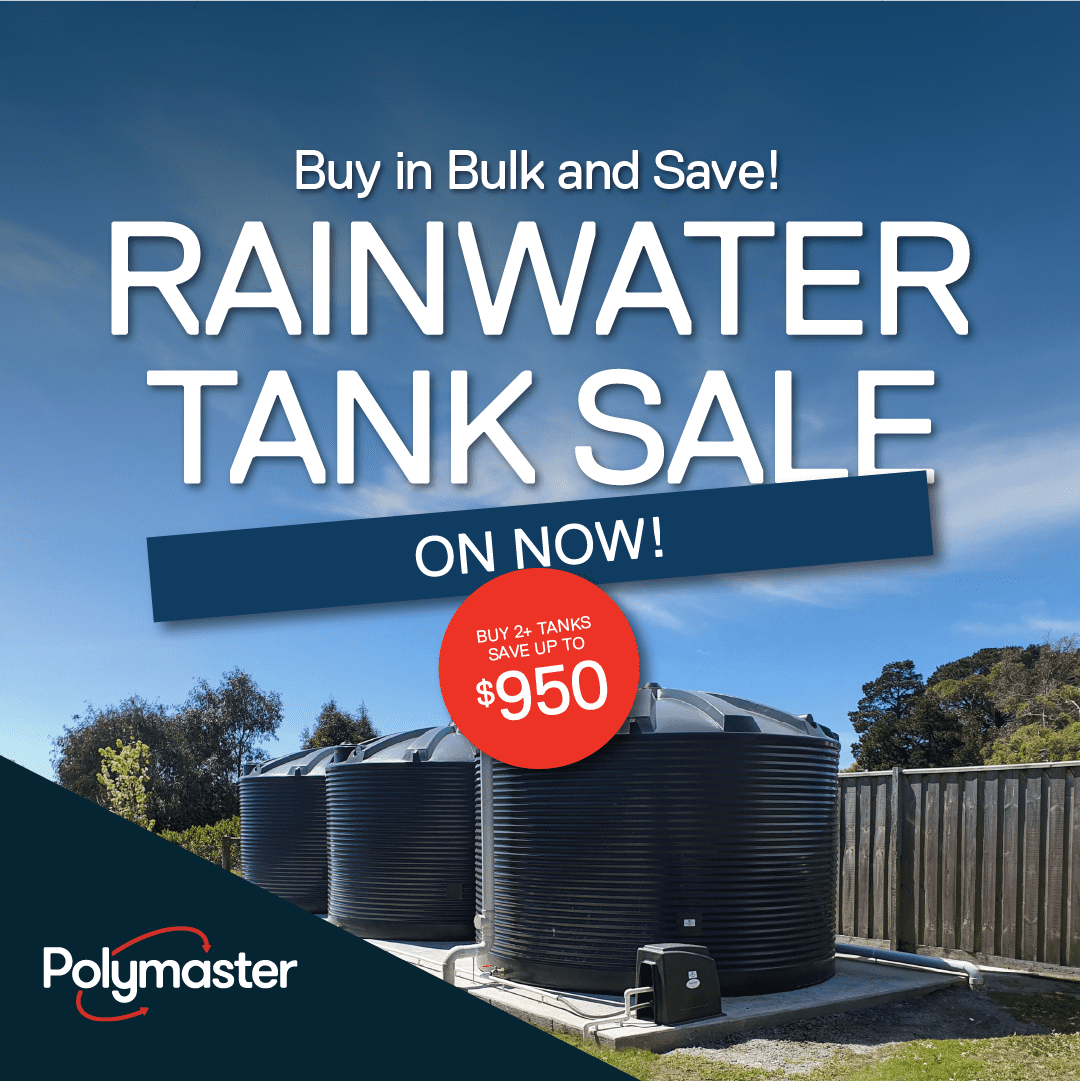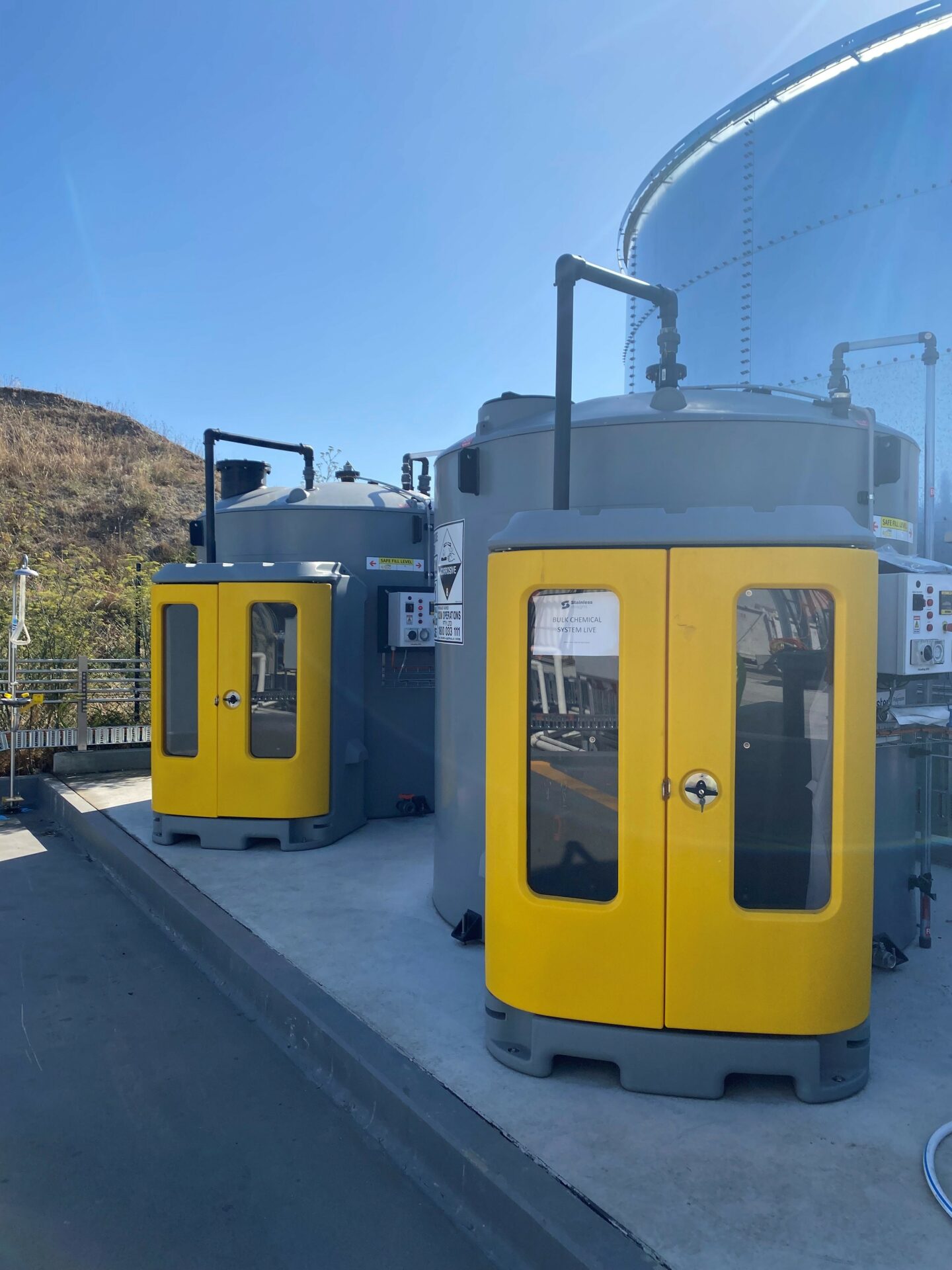
March 20, 2023
Whether you’re a manufacturer in the food and beverage industry or a pharmaceutical company, The Cleaning-in-Place (CIP) process allows you to clean equipment and pipes without disassembling them, decreasing downtime and contamination concerns. As a result, CIP systems are in high demand as cleanliness and safety requirements become essential. This article will examine the CIP process, its benefits, and how it works.
What is Clean-in-Place (CIP) process and how does it work
CIP stands for Clean-in-Place, a cleaning process used in various industries to clean the interior surfaces of equipment without disassembling them. The process involves using specialised cleaning solutions and equipment to eliminate contaminants, reduce contamination risk, and improve productivity while being an environmentally friendly cleaning process.
How does a clean-in-place system work?
The CIP process involves a series of cleaning cycles critical to its effectiveness. These stages include:
1. Pre-rinse: The pre-rinse stage involves flushing the equipment and pipelines with water to remove loose dirt and debris.
2. Detergent wash: The detergent wash stage involves applying a cleaning solution to remove any remaining dirt and debris.
3. Acid rinse: The acid rinse stage helps to remove any mineral deposits or stubborn stains that the detergent wash may have missed.
4. Final rinse: The equipment is rinsed with water to remove residual chemicals.
Many CIP systems can be automated and optimised for efficiency, making them an effective and efficient solution for maintaining cleanliness and hygiene in various industries without breaking down the pipework.
What industries use CIP systems?
Cleaning-in-Place (CIP) systems are utilised in various industries where maintaining cleanliness and hygiene ensures product safety and quality. CIP systems are commonly used in the following industries:
- Food and Beverage: CIP systems are widely used in the food and beverage industry to clean equipment and pipelines that come into contact with food products on each machine.
- Pharmaceuticals and Biotechnology: CIP systems clean equipment and piping systems used to manufacture drugs and biologics in the pharmaceutical and biotechnology industries.
- Dairy: In the dairy industry, CIP systems clean equipment used to produce milk, cheese, and other dairy products.
- Brewery: CIP systems clean equipment used to produce beer, wine, and spirits in the brewing and distilling process.
Overall, CIP systems help prevent contamination, maintain food quality, meet hygiene regulations, prevent bacterial growth, and maintain product quality within each industry.
What chemicals are used in CIP systems?
Several types of chemicals can be used in Cleaning-in-Place (CIP) systems, depending on the application and the type of contamination that needs to be removed. Some of the most common chemicals used in CIP systems include:
- Caustic Chemicals: Caustic chemicals such as sodium hydroxide (NaOH) or potassium hydroxide (KOH) are commonly used in CIP systems for cleaning equipment and pipelines that come into contact with food, beverages, or other products. These chemicals help to dissolve organic matter and remove stubborn soils and stains.
- Acidic Chemicals: Acidic chemicals such as phosphoric acid (H3PO4) or nitric acid (HNO3) are used in CIP systems to remove mineral deposits or scale from equipment and pipelines.
- Surfactants: Surfactants are compounds that help to reduce the surface tension between soils and surfaces, making it easier for cleaning chemicals to penetrate and remove them.
- Anti-scaling chemicals: Anti-scaling chemicals, such as phosphonates, polyacrylates, and sulfonates, are used in CIP systems to prevent the formation of mineral deposits, or scale, on equipment and pipelines.
Any chemicals used in a CIP system should be utilised in compliance with each state’s safety standards and recommendations. Caustic chemicals, in particular, can be dangerous to employees and the environment if not handled and disposed of appropriately. Therefore, it’s essential to follow proper handling, storage, and disposal procedures when using chemicals in CIP systems to minimise the risks of harm to people or the environment.
What are the 5 benefits of CIP systems?
CIP systems offer numerous benefits to industries requiring regular equipment and pipeline cleaning and maintenance. Some of the key benefits of cleaning systems include:
- Increased Efficiency: CIP systems are designed to automate the cleaning process, meaning equipment and pipelines can be cleaned more quickly and efficiently than traditional manual cleaning methods.
- Reduced Downtime: CIP systems allow equipment to be cleaned without disassembly, reducing production downtime, and maintaining production schedules throughout the day.
- Consistent Cleaning: CIP systems are designed to deliver a consistent and repeatable cleaning process, which helps to ensure that equipment and pipelines are cleaned thoroughly every time.
- Improved Safety: CIP systems can help to improve worker safety on site by minimising the need for manual cleaning and reducing the risk of accidents or injuries associated with manual cleaning methods.
- Compliance with Regulations: CIP systems are designed to comply with regulatory requirements for hygiene and cleanliness in industries such as food and beverage, pharmaceuticals, and biotechnology.
By using a CIP system, companies can reduce their costs, improve productivity, and ensure the safety and quality of their products while meeting regulatory requirements.
How do CIP systems store chemicals like caustic and anti-scalars?
Caustic and anti-scaling chemicals used in Cleaning-in-Place (CIP) systems are stored in dedicated chemical storage tanks designed to meet safety and regulatory requirements.
Using storage tanks made of compatible materials, such as Polymaster’s 7080 chemical grade tanks. They will prevent corrosion and degradation from the caustic chemicals. These tanks should be equipped with proper venting, overflow protection, and a containment system in case of a spill or leak.
Polymaster offers a range of self-bunded poly tanks that are made to withstand corrosive chemicals and bunded to help minimise the risk of spills and leaks into the environment. We also offer accessories, including proper venting, overflow protection and more.
Polymaster’s tanks are designed to withstand the corrosive properties of chemicals from a list of 1900+ that you can find in our Chemical Compatibility Chart and are resistant to cracking, leaking, and UV degradation.
How do I choose the right poly storage tank for my CIP system?
When choosing a poly storage tank for your CIP system, consider factors such as the size of the tank, the chemical compatibility, the temperature and pressure requirements, and any additional features required, such as vents, gauges, or fittings.
Polymaster tanks are an excellent option for storing sodium hydroxide (NaOH), potassium hydroxide (KOH), phosphoric acid (H3PO4) or nitric acid (HNO3), as well as anti-scaling chemicals such as phosphonates, polyacrylates, and sulfonates.
Our tanks are specifically designed to withstand corrosive chemicals these tanks are also equipped with safety features like overfill protection and venting to prevent accidents and spills. Therefore, Polymaster tanks are an ideal choice for companies that require safe and durable storage solutions for their CIP systems.
What are the safety precautions for using chemicals in CIP systems?
Safety precautions for using chemicals in CIP systems include wearing appropriate personal protective equipment (PPE), such as gloves, goggles, and respirators. Workers should also be trained in handling, storing, and disposing of caustic chemicals, and emergency procedures should be in place in case of accidents or spills.
Remember to read the Safety Data Sheet (SDS), which provides essential information on hazards, safe handling, and chemical disposal. Reading and understanding the SDS before using any chemical in a CIP system is vital.
Overall, CIP systems offer an effective and efficient solution for maintaining cleanliness and hygiene in many industries. By implementing proper safety measures and cleaning processes when using caustic chemicals, companies can ensure the safety of their workers and products, while also maximising the efficiency and effectiveness of their cleaning operations.
If you are in the market for a chemical tank for your CIP systems and need more information, we have available a whole suite of resources online for our Self-Bunded Tanks and other accessories, including:
- GA/PDF drawings for all tanks
- Step files to easily incorporate into your CAD files.
- Datasheets on each tank, including different SG and Chemical Grade materials.
Our chemical team are happy to help you navigate through your requirements. Call 1300 062 064.
More Similar News
View all News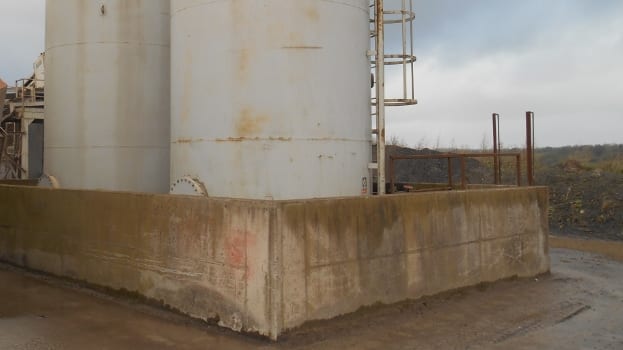
Traditional Concrete Bunding VS Polymaster’s Self-Bunded Tank
As an Australian owned and operated company, Polymaster has been supplying the industrial, agricultural and rainwater industries with...
Read More
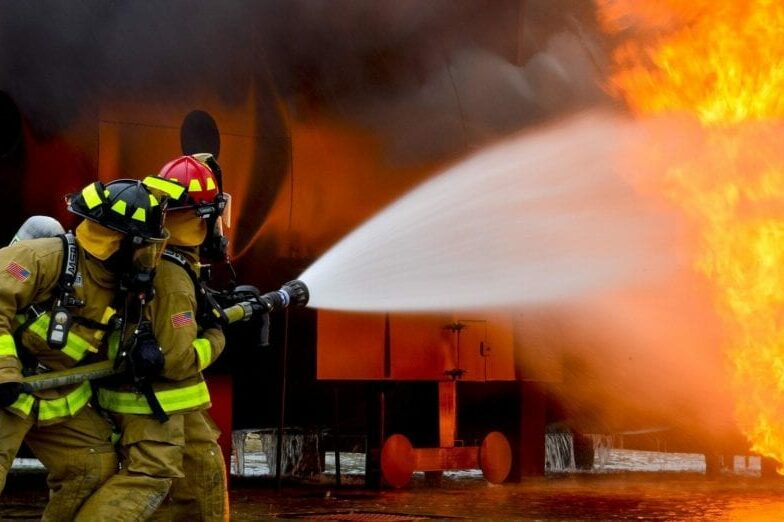
Tank solutions suited to PFAS contaminated ground remediation
At least 90 sites across Australia are being investigated for elevated levels of perfluoroalkyl and polyfluoroalkyl [PFAS] chemicals. (SMH, June...
Read More
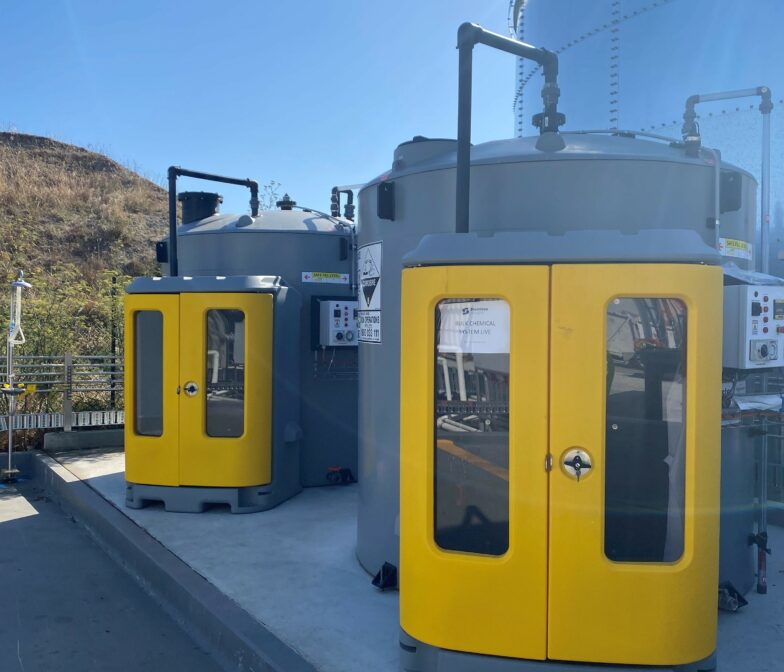
7 Reasons Why You need a Polymaster Dosing Skid
Polymaster has removed some mystery that surrounds dosing skid design.
When you strip everything back, a dosing skid is...
Read More
